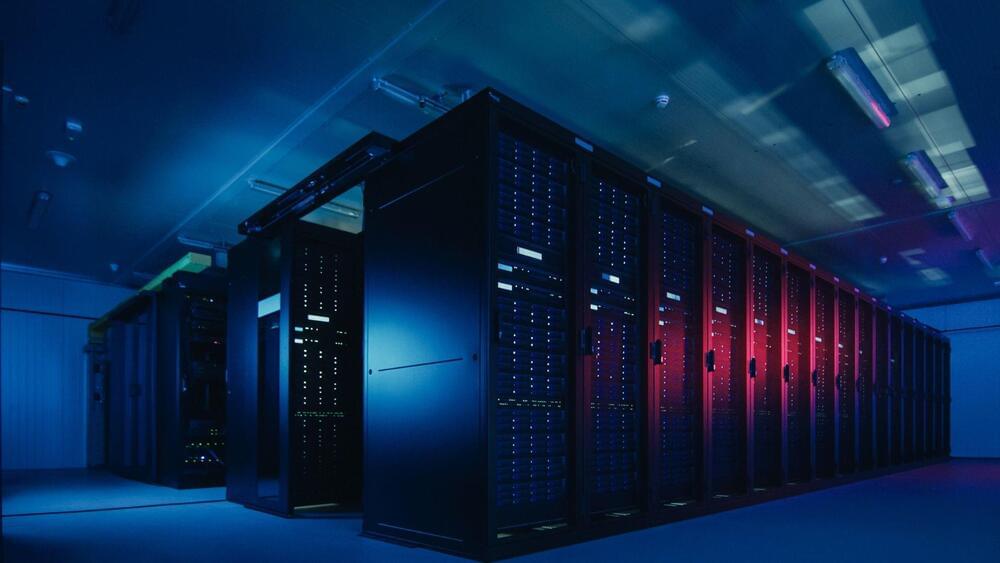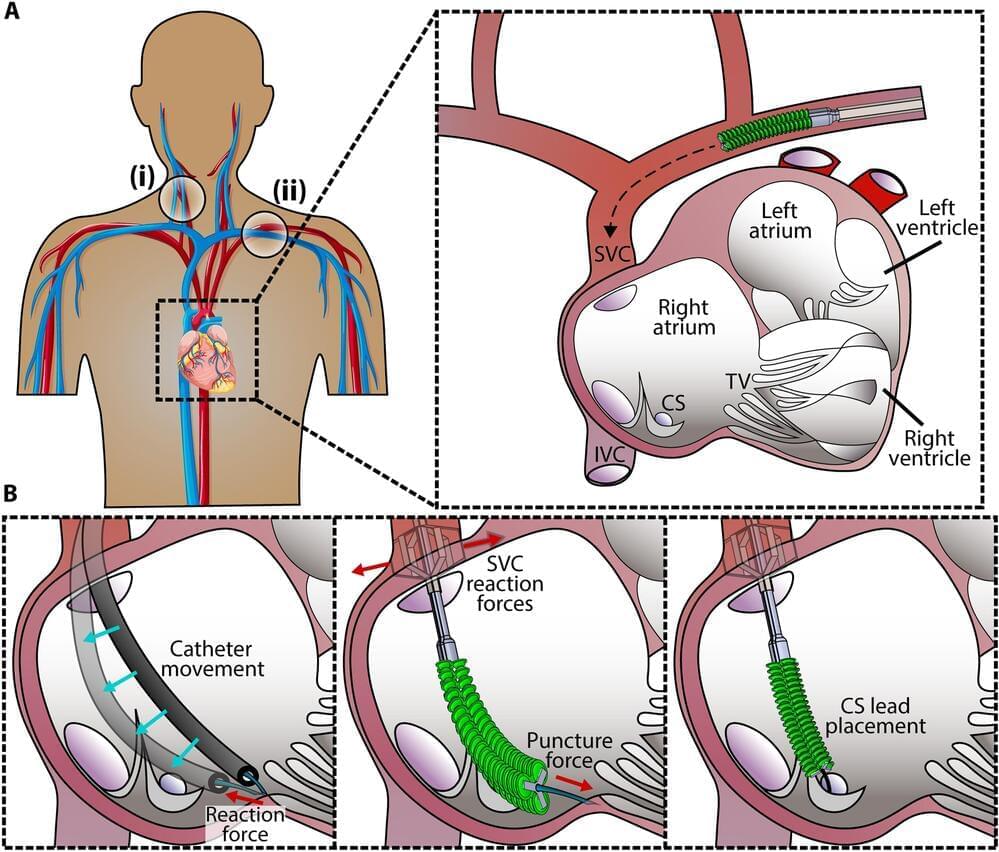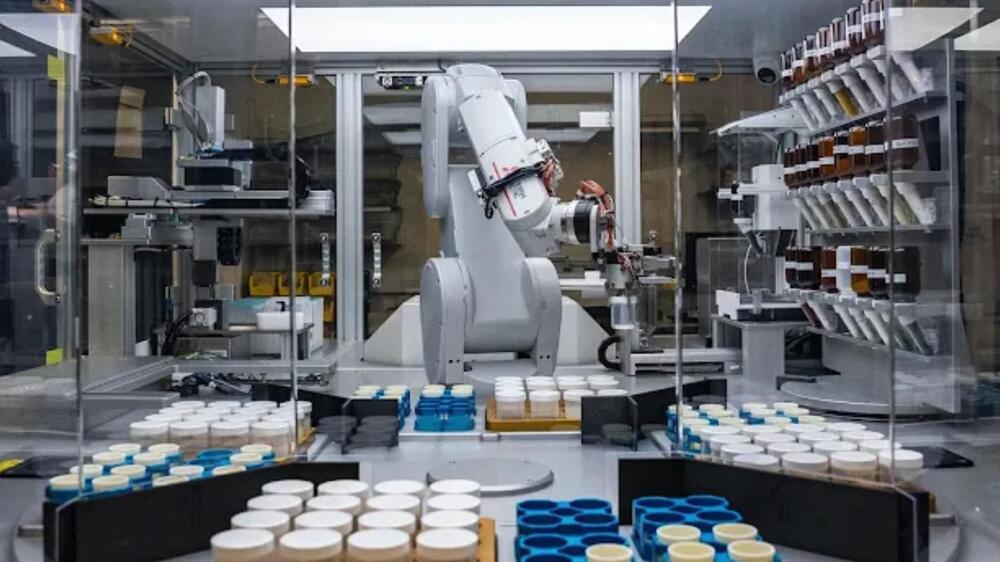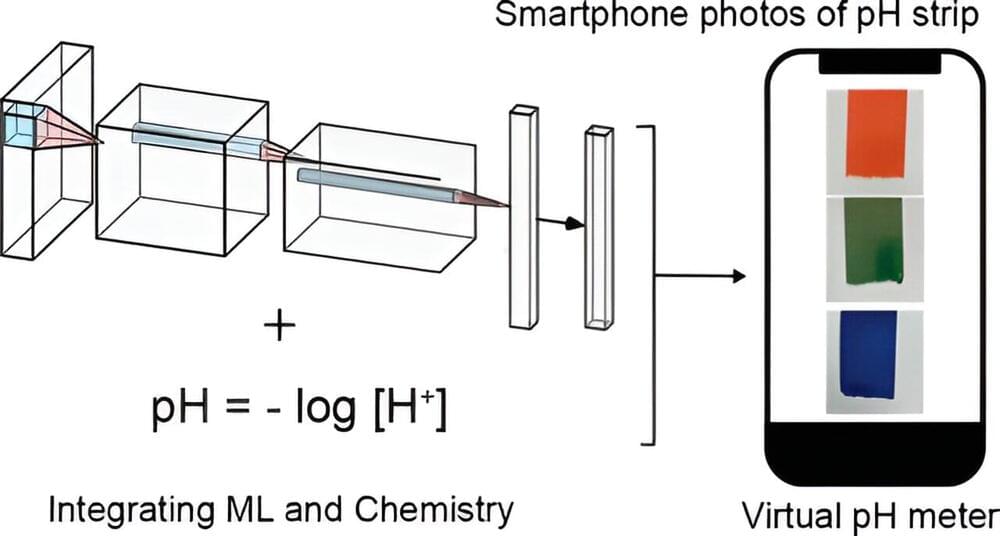R550X can carry loads of up to 1,200 pounds, boasts a flight time exceeding three hours, and a top speed of 150 miles per hour.
Rotor Technologies Inc., a firm engaged in the development of autonomous vertical takeoff and landing (VTOL) aircraft, has unveiled and commenced the production of what it claims to be the “largest uncrewed civilian helicopter on the market.”
Termed R550X, the VTOL is derived from the U.S. firm’s Robinson R44 platform and is developed as a versatile autonomous helicopter designed for multiple missions.
According to Rotor, R550X is capable of hoisting substantial loads of up to 1,200 pounds (lbs) — or 550 kilograms, kg —in diverse weather conditions, including night operations and situations with limited visibility. The vehicle comes in a ready-to-fly configuration for immediate flight and can be personalized with various mission-specific payloads and autonomy equipment.






